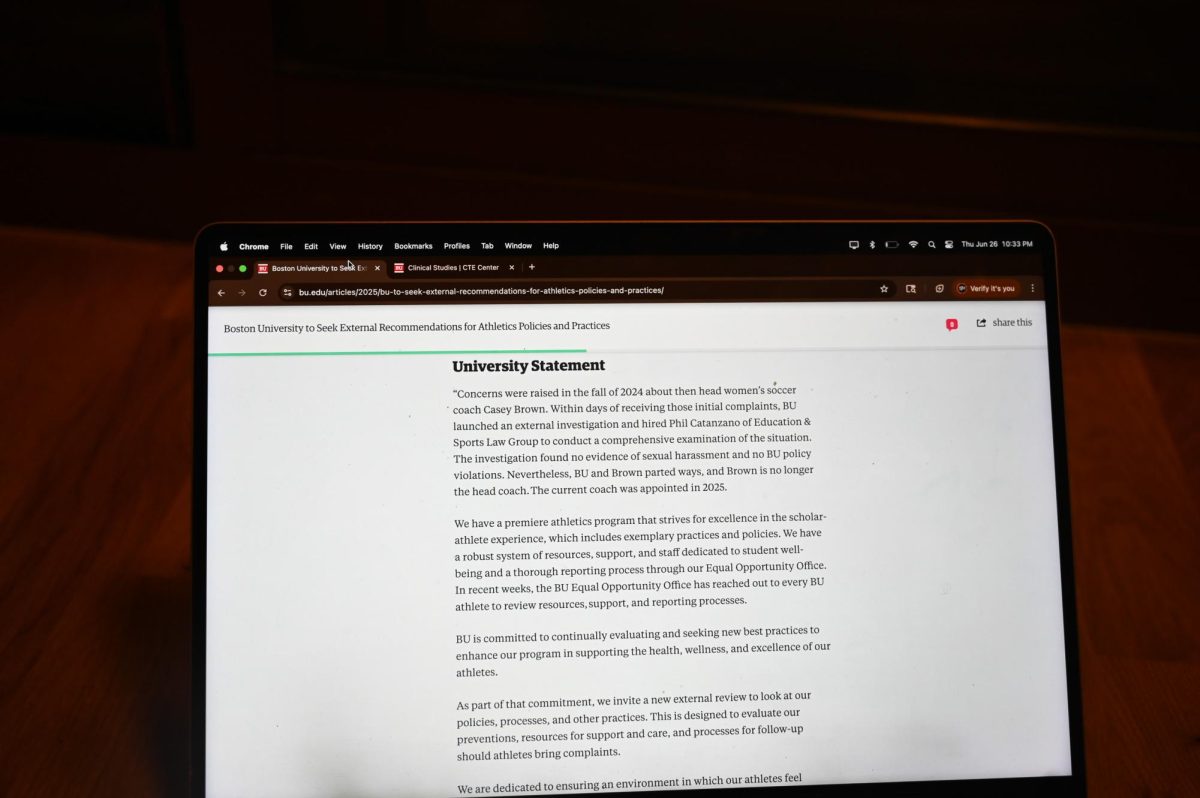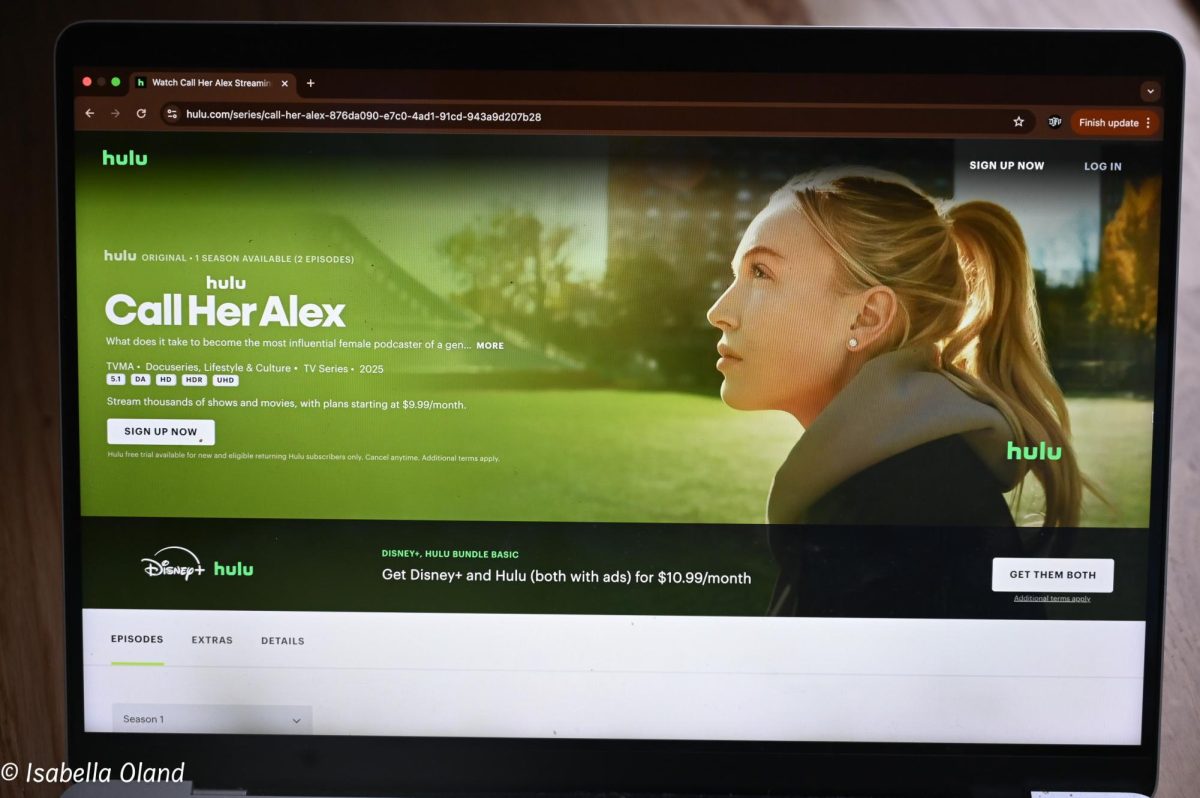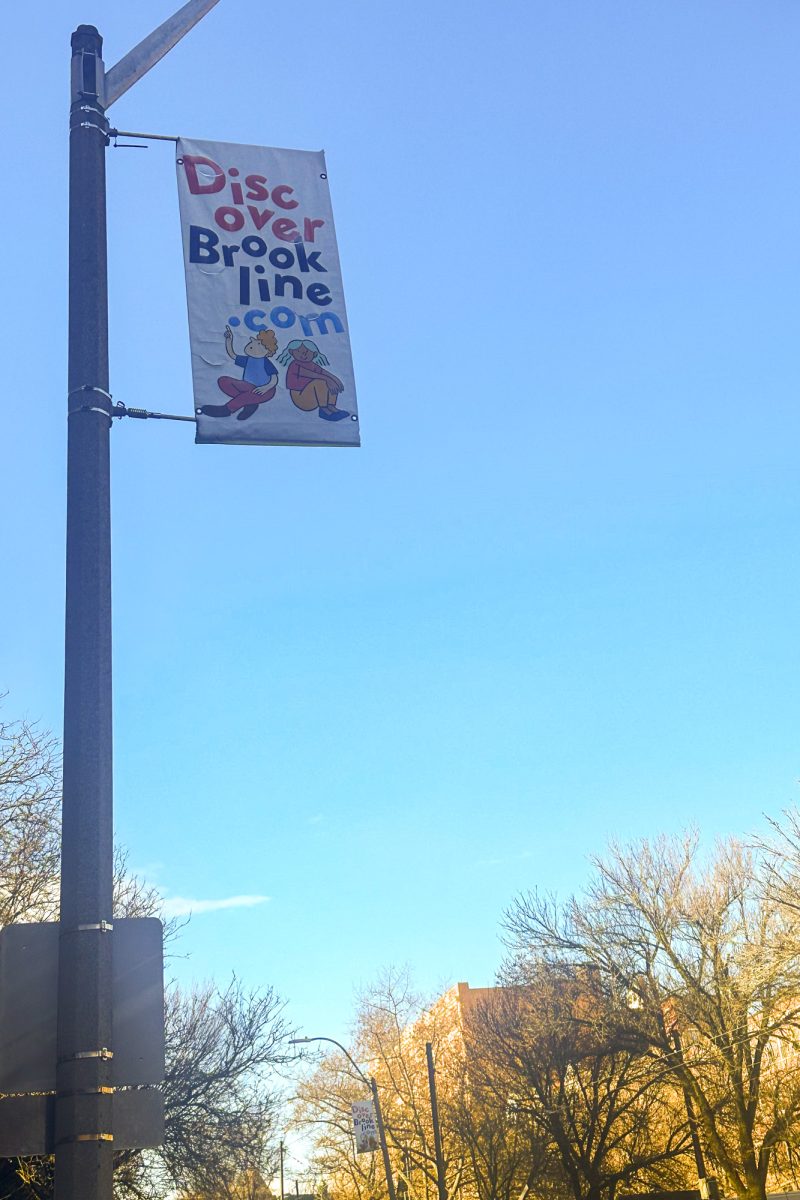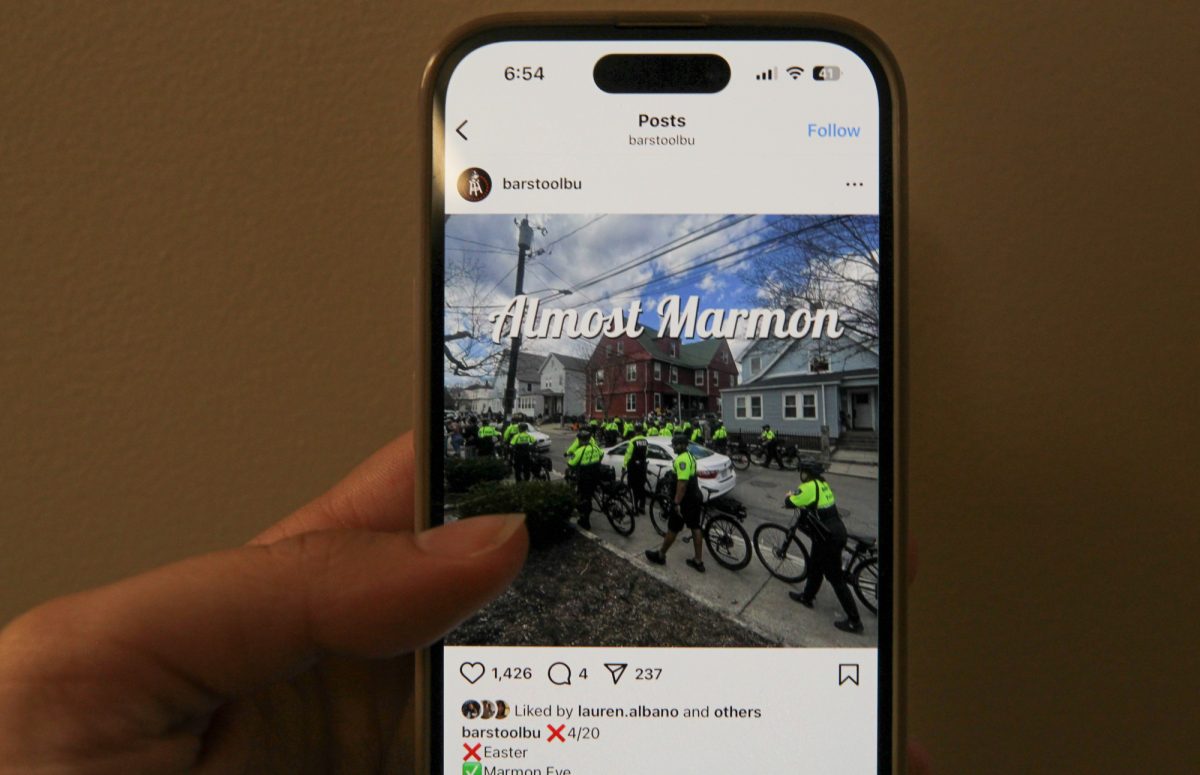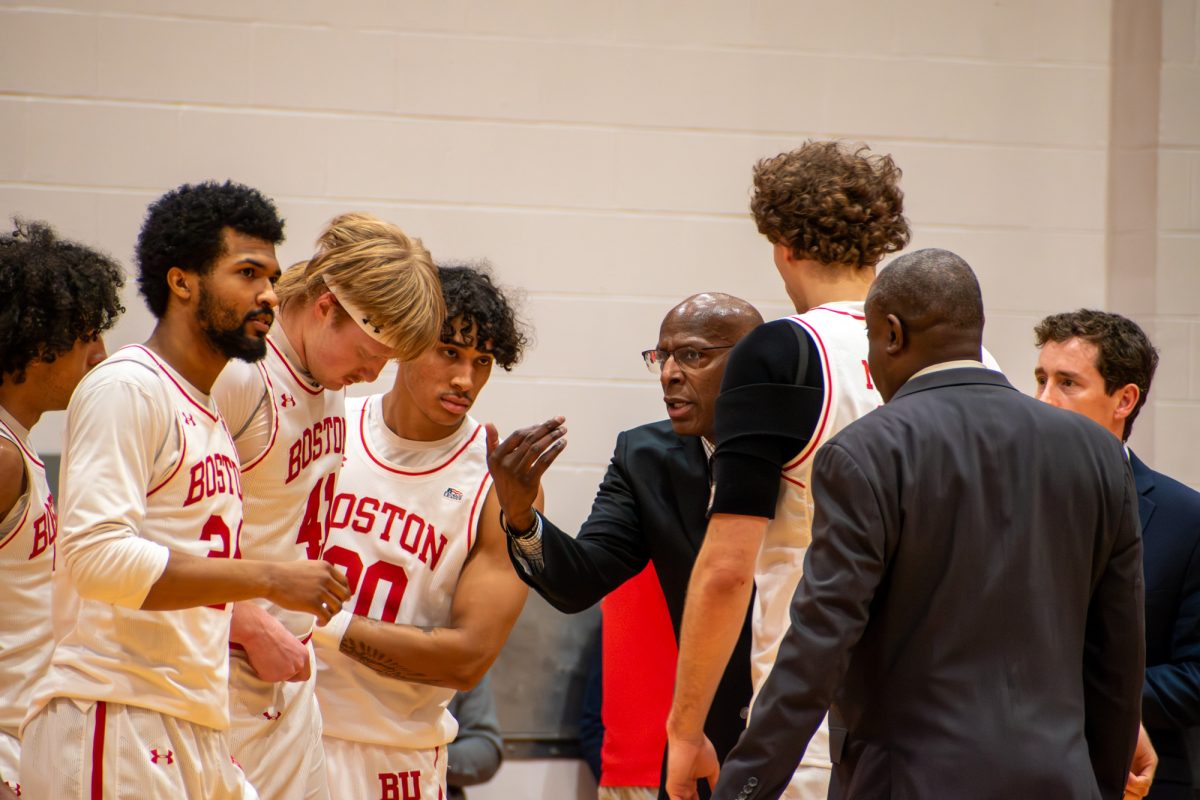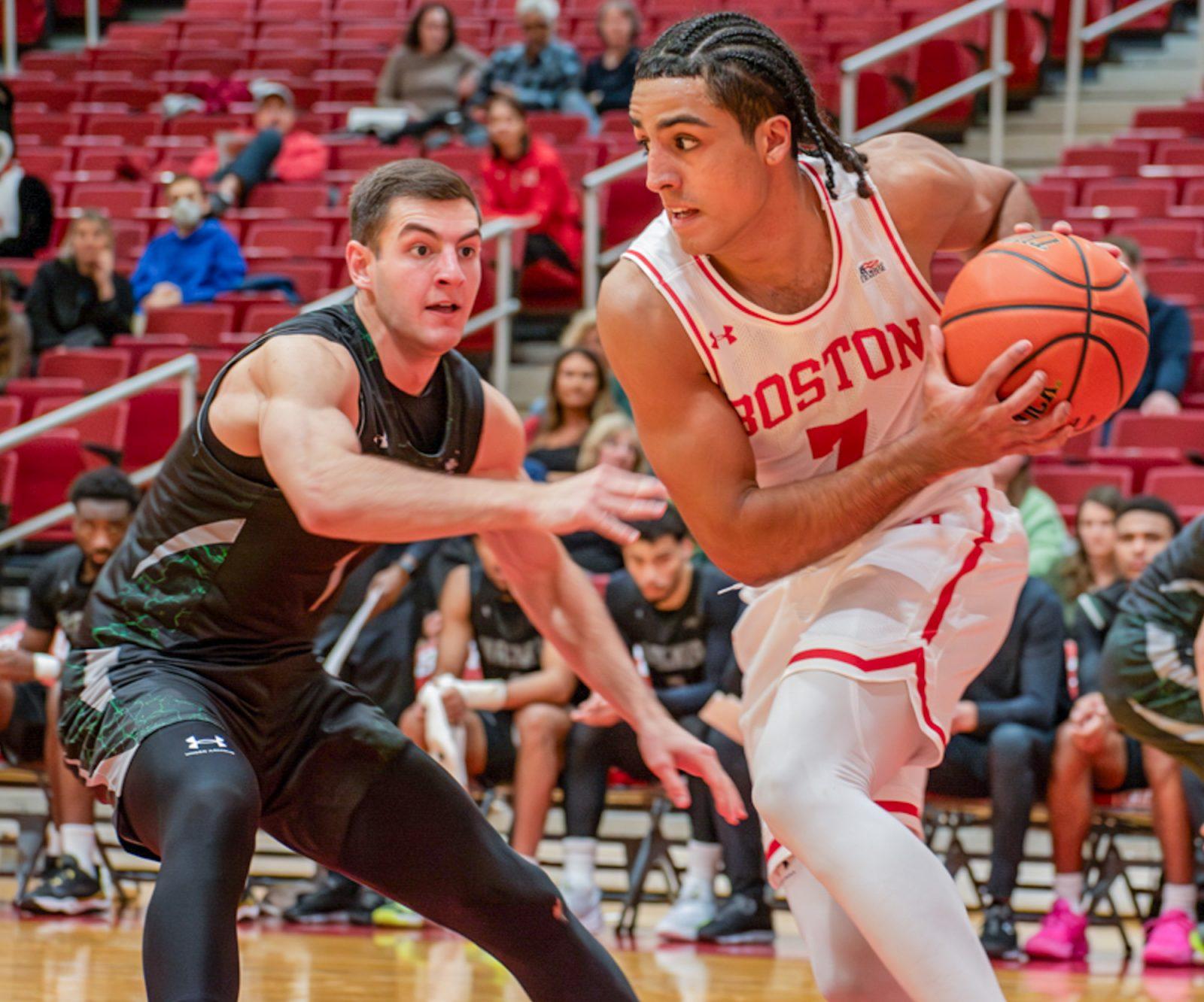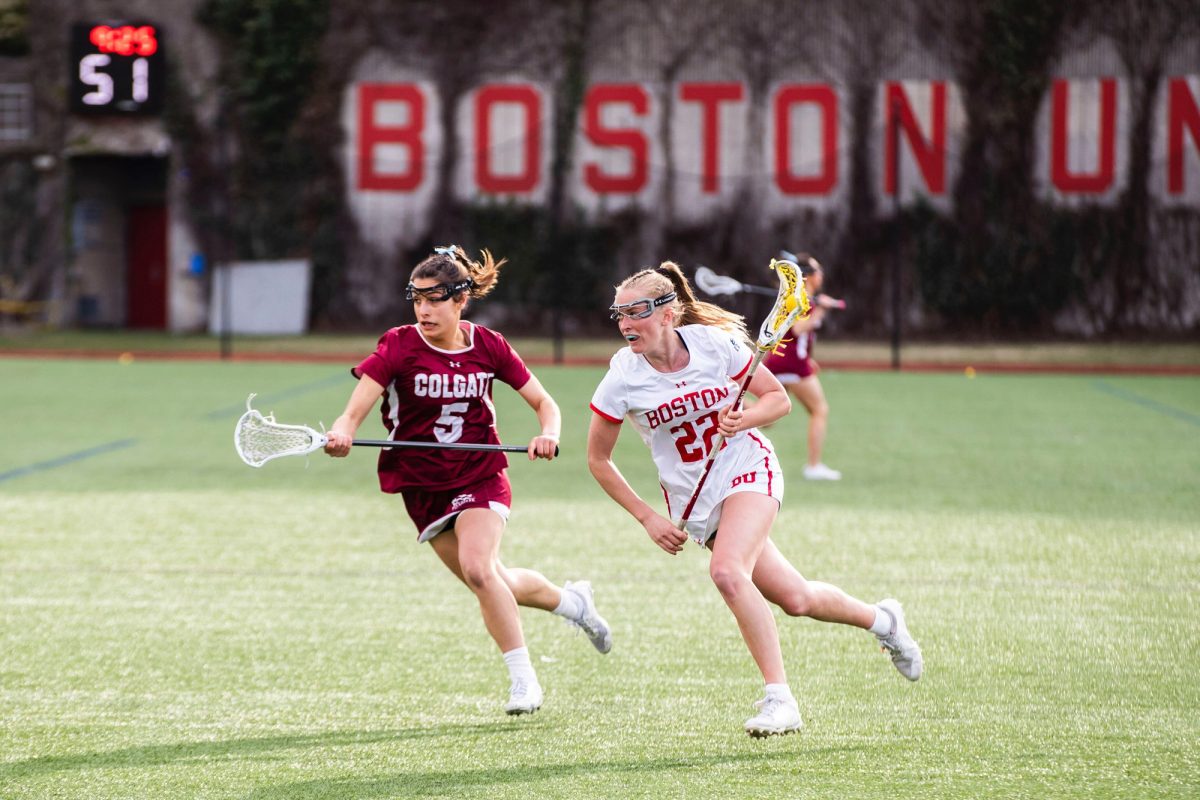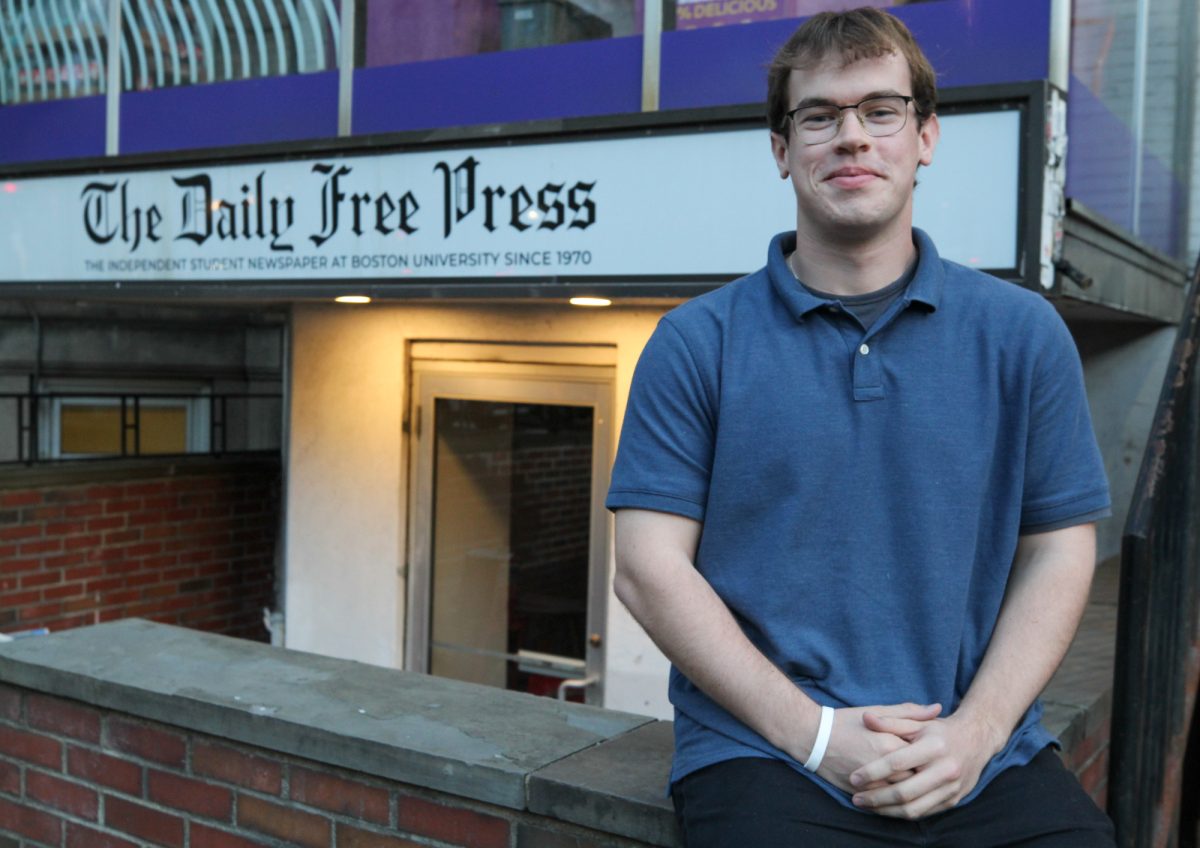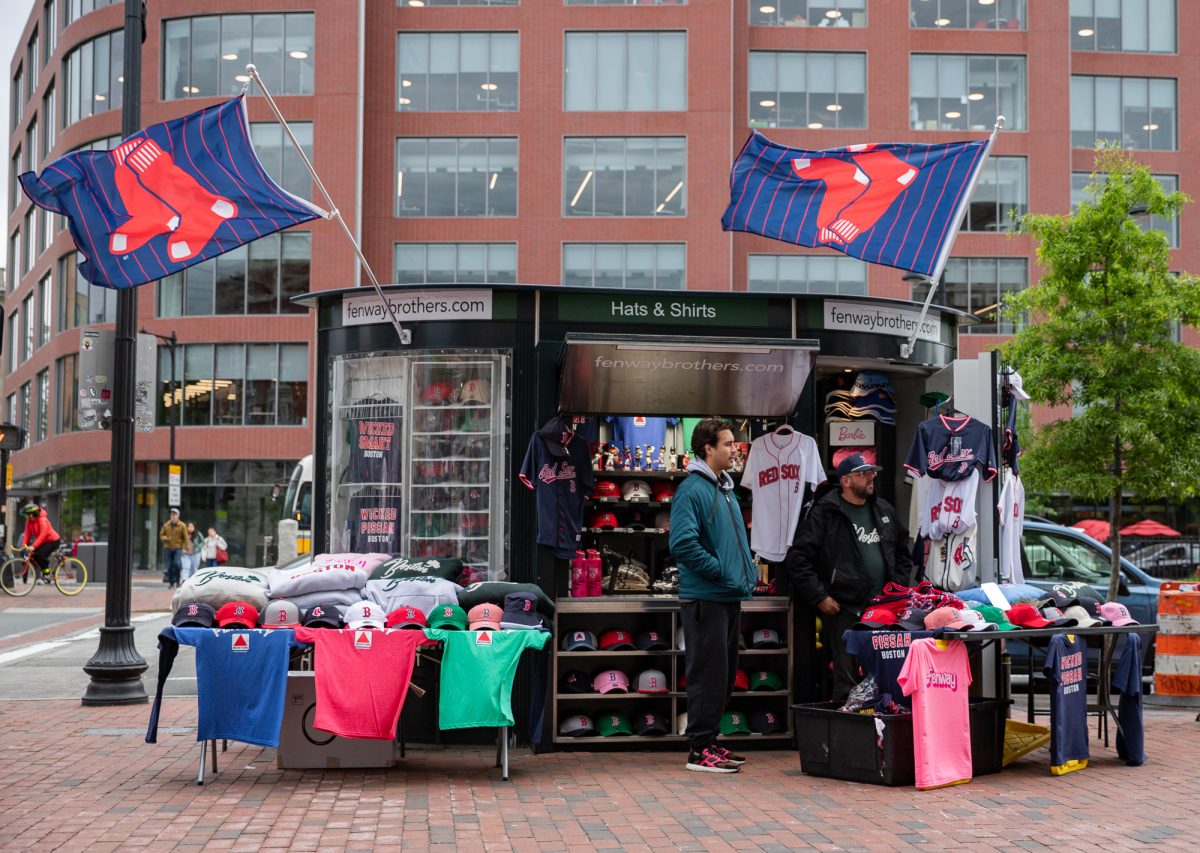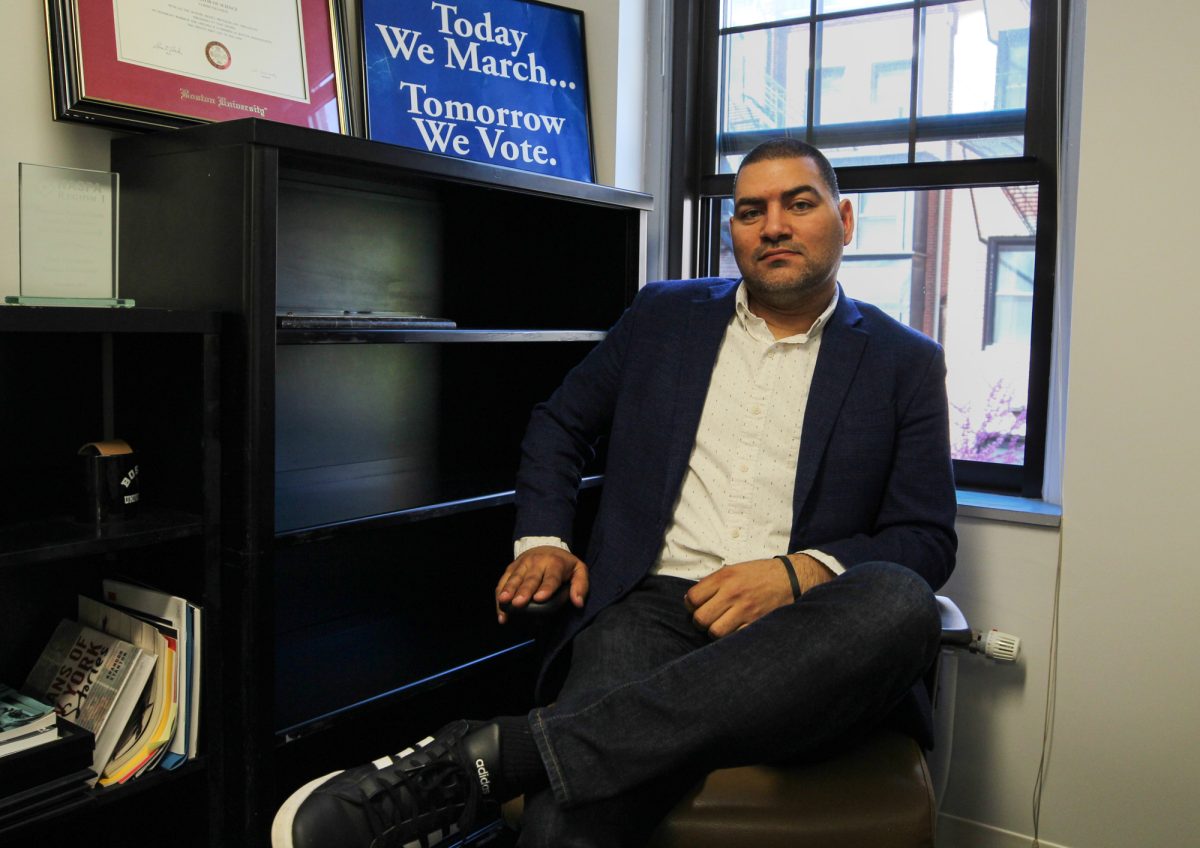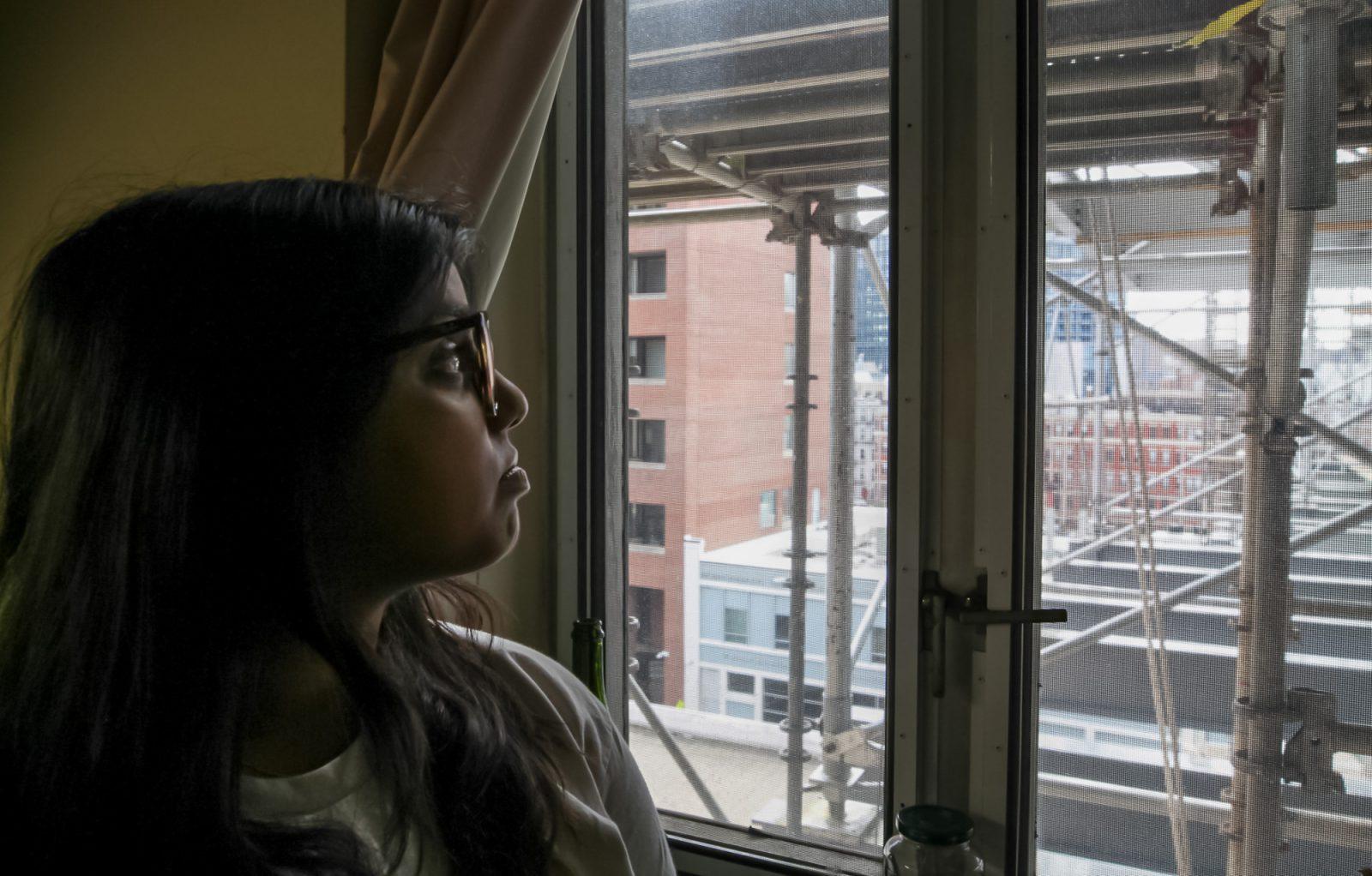Although the members of generation Y have every opportunity to explore the world from home via the Internet, TV and yes, even books, students today choose to travel more than ever before. However, despite the increase in youth travelers, student travel concerns remain largely underrepresented in the travel market.
According to Michael Palmer, the executive director of the Student and Youth Travel Association, a non-profit organization advocating student travelers’ concerns, modern students and “independent travelers” — travelers between the ages of 18-26 — see the world “as a smaller place,” and therefore travel significantly more than previous generations.
“Part of the ongoing trend with independent travelers is you’re seeing this millennium-generation that is totally different than the X-gens and baby boomers that came before them,” Palmer said. “They’re a lot more savvy about different places and cultures. It’s hard for them to remember a time without Internet or cable. They’re not exploring a place they’ve never seen, but rather experiencing what it’s really like to be in a place they’ve seen before.”
Mike Nagel, the district manager for the Newbury Street branch of STA Travel, a travel association specifically targeted towards student travel needs, said students travel because of an increased interest in global affairs.
“Students are more aware,” he said. “Some of it’s due to 9/11, but a lot of people watch the news, even if they just watch the Daily Show, they hear about the world.”
Similarly, STA Travel Public Relations Coordinator Christi Day said despite global threats, students are still enthused about international travel.
“While many travelers may be intimidated by world events,” she said, “student travelers remain excited to see the world.”
Because of this new mindset, many students have already traveled to locations around the globe prior to entering college.
Still, despite the large number of student travelers, it was only recently that a university- based research institute began exploring the needs of student travelers and their impact on the travel industry
“We helped fund the first university-based research institute that began polling the needs of student travelers,” Palmer said.
While the official results of this research and polling are not yet available, Palmer said the research explored questions such as where are students traveling, what they do when they get there and what obstacles and concerns students have regarding travel.
According to Palmer, while most travelers under the age of 18 are mainly concerned with safety issues, the independent travelers are a lot more complex. When it comes to the concerns of student travelers and their traveling qualms-the issues vary somewhat. For many it’s the issue of financial constraints, for some, it’s trying to find trustworthy information, and for others it’s pure convenience.
AFFORDABILITY
The issue of cost is one of the biggest concerns among young travelers.
According to Day, “Many student travelers book one major trip a year, and they want to get the most for their money.”
School of Engineering sophomore Anna Yanko said cost is her biggest concern when making travel arrangements to visit her family abroad.
“I travel to Europe a lot to see my family,” she said. “I don’t want to have to spend a great deal of money getting me there. When flying outside the country, it is so difficult to find a reasonable flight.”
Even the cost of traveling domestically can break the bank. According to Palmer, students can find cheaper flights to England than to Florida.
ENG sophomore Annabelle Regojo experiences this first hand whenever she flies home to Miami.
” I mostly travel home to Miami on school breaks,” Regojo said. “I don’t want to have to spend an arm and a leg to get home each and every time I fly. For kids who live far away, we want to be able to see our families at holidays, and not have to spend so much to do it.”
This seems to be a common thread between many students. Because of this, many look for alternative, cheaper methods of traveling — including road travel.
“I know a lot of kids who will road trip everywhere they want to go,” College of General Studies freshman Ali Cioper said. “Even if it’s half-way across the country; these guys will split the driving to avoid paying exorbitant amounts.”
For Cioper, when traveling home or on vacation, faster transportation methods aren’t worth the cost.
“I would rather take the bus than pay a lot of money for trains or planes,” she said. “For most kids, we have a budget that we have to stick to, and flying for some of us is not an option. I know personally that if I had to choose between a four-hour bus ride and one-hour plane ride, given the prices I’d take the bus.”
CONVENIENCE
Sometimes, the expediency of a trip can outweigh the cost.
For College of Arts and Sciences sophomore Anna Fajkowski, who splits her time between her family in Denver, San Francisco and Virginia, high travel costs are worth it, if they can make her trips convenient.
“I need to be able to sync my travel plans with my vacation schedule,” she said. “If that means the flight is more expensive, so be it. I would rather spend more money, and be able to see my brother or my mother, than not see them at all.”
While Fajkowski’s concern was for her minimal time for traveling, a number of students also want the flexibility to extend their time on their travels, according to Day.
To accommodate for this, STA created the “STA Travel Blue Ticket” to provide an affordable way to change tickets or travel times.
SAFETY
Safety, although not the most prominent concern for travelers, is still a legitimate issue in student travel. Especially with recent terrorist threats in England, many students are fearful of air travel.
“Terrorism is always a threat,” Cioper said. “We’ve seen it in the past. Many times I’m scared to fly, not only because of terrorism, but sometimes you can just feel unsafe on a plane.”
Students’ safety concerns not only include the safety of their transportation, but also the safety of the location they’re traveling to.
“Many students are concerned about what would happen in the event of a natural disaster or a terror attack,” Day said.
Because of this, Day said, “Travel insurance should be part of every traveler’s budget.”
While STA Travel provides travel insurance to students, according to Palmer, a number of insurance companies do not insure student travelers, despite their strong presence in the travel market.
MAKING CONCERNS HEARD
Although student travelers’ concerns seem almost generic, a lot of these concerns are unknown, or unrecognized within the travel industry.
According to Palmer, the SYTA was created to “help educate the travel industry as a whole, of the needs of young people.
“We try to get them to understand the economic impact of young people on the travel market,” Palmer continued. “The future of travel is dependent on how you handle young people traveling today.”
Aside from conducting the first university- based consumer poll, the SYTA has also lobbied Congress with student travel concerns.
“We’ve been the voice for student travel towards the Department of Homeland Security and to Congress, to remind them the impact they have on student travelers, because in the most cases, they don’t focus on student travels, they don’t realize that the impact they have that’s geared toward adult travelers, also affect students.”
One specific policy Palmer referenced was the recent decision to require passports to cross the Canadian and Mexican borders, when previously, only a birth certificate was required.
“Young people are less likely to have passports,” he said. “It puts an undue burden on them.”
Palmer said he advocates student travel concerns because “youth travel is an educational opportunity to help well-rounded young people.”
Similarly, in Nagel’s opinion, students should be pushing government and other travel associations to be more accommodating to student traveling because it “creates the next generation of world leaders.”

